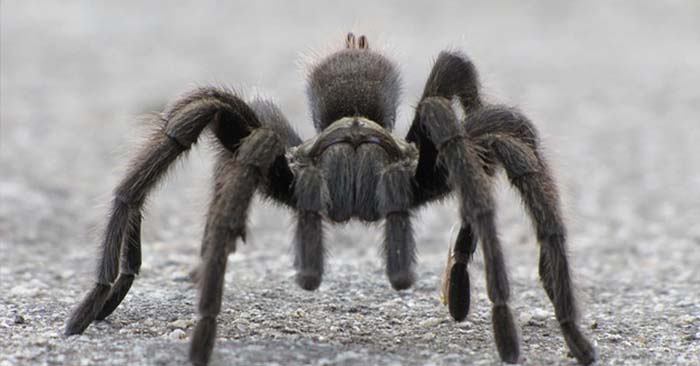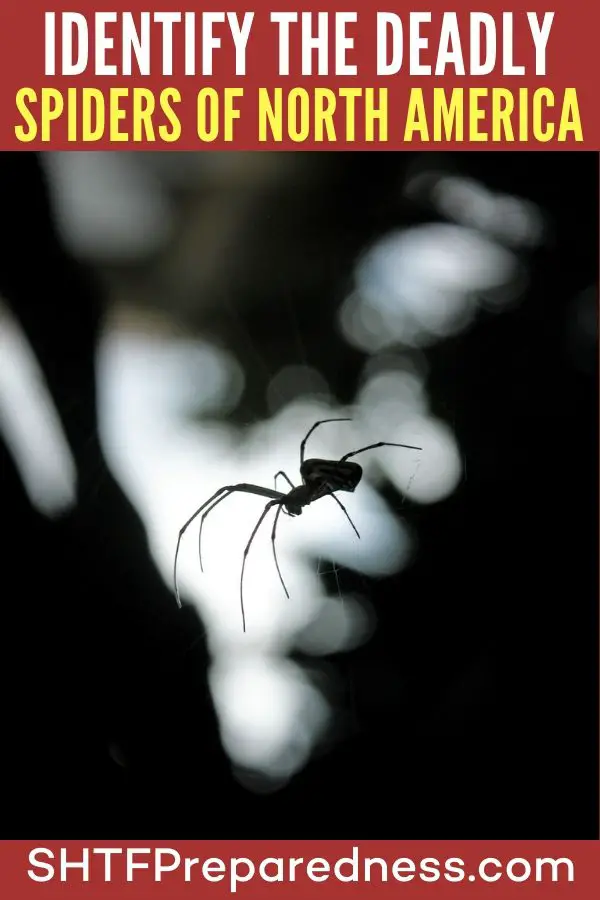On the grand scale of threats we face on a regular basis, spiders are pretty low on the list. In fact, they are pretty helpful creatures to have around.

Spiders eat tremendous amounts of disease-carrying mosquitos. This is a very important thing to consider the next time you want to kill a spider.
Of course, there are some spiders that can do you serious harm. This is because these spiders are highly venomous. They are part of a larger pest profile.
Like most venomous creatures, these spiders are really trying to avoid you. They want nothing to do with you, actually. It is often when we go brushing into their world that things get dangerous. Still, we should know how to identify and deal with these dangerous spiders.
There are three types of potentially deadly spiders in the U.S.:
The Brown Recluse
The brown recluse doesn’t carry that name by accident. These spiders are often found in attics and undisturbed areas indoors. They don’t want to be bothered.
However, their venom is necrotic and it can rot away skin and even be deadly if the bit is in a dangerous location.
These spiders are best Identified by the tiny violin or cello shape on their head.
Black Widow
The black widow is one of the most well-known spiders of them all. It has a lot to do with its dangerous bite and its red hourglass. The black widow is often found in crawl spaces as it prefers to be undisturbed but it also doesn’t mind a little moisture.
The black widow is the most venomous spider in North American. While it rarely kills in modern days, it can be a high risk for high-risk populations. Its a painful bite with lots of discomforts to follow.
Hobo Spider
One of the most distinguishing characteristics of the hobo spider is that it lives in a funnel. The hobo spider lives in the western part of the nation but can be some trouble if you get a bit. You can experience localized swelling and flu-like symptoms.
These spiders prefer ground level tunneling in webs and are rarely found climbing.
